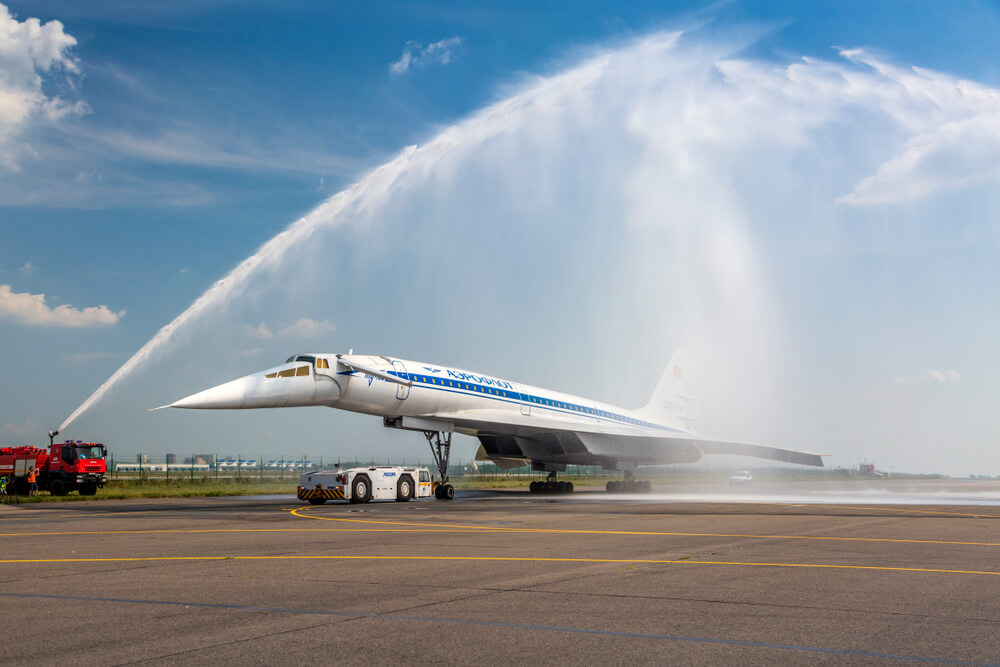The 1970s were an exciting time for aviation. Technological advancements introduced many new aircraft into service, including such icons as the Boeing 747, McDonnell Douglas DC-10 and the Lockheed L-1011 TriStar. But the decade also changed the way people traveled or how fast they traveled – the “Me decade”, as Tom Wolfe called the 70s, brought two aircraft that are unparalleled to this day.
Concorde, and on the other side of the Iron Curtain, the Tupolev Tu-144.
While Concorde had its fair share of highs and lows, including a 2000 crash at Paris and the subsequent grounding of the type, the Tu-144’s only high was the fact that it achieved flight and supersonic speeds earlier than the joint British-French counterpart. Nevertheless, a lot of people, including the Capitalist side of the world, were excited for the introduction of the “Concordski”.
And on this day 44 years ago, December 26, 1975, the Tupolev Tu-144 took off on its first commercial flight from Moscow to Alma-Ata, now known as Almaty, Kazakhstan.
Carrying freight
Unfortunately, the first flight carried only freight and, as passenger service would be introduced only in 1977. Nevertheless, the event still drew its fair share of anticipation, as once again the Soviet Supersonic Transport (SST) was ahead of Concorde in terms of its timeline.
Before the Tu-144 took off, the Soviets once again knocked at the doors of Paris Air Show in June 1975, showing off the production version of the aircraft. Flight magazine described that the SST “showed considerable refinement and a high standard of external finish.”
Even in 1969, the President of Pan American Airways, Najeeb E. Halaby, said he was “very, very impressed” after a thorough technical review and an interview with a Soviet test pilot, Eduard Yelyan, quotes The New York Times from Moscow on July 30.
But not much was said of the flight after the Soviet SST landed in Alma-Ata, due to the fact it did not carry any passengers, except that it “returned right on schedule,” a spokesman of Moscow’s Domodedovo Airport (DME) said to a Reuters reporter. Many regarded the December 26, 1976 flight as a publicity stunt, arguing that the Tupolev design bureau was carrying freight just to test the aircraft before letting passengers climb on board.
In classic Soviet fashion, though, the date was used for propaganda purposes as well. Alexei Tupolev, the lead designer of the Tu-144, compared the day “to the events of only 20 years ago, when the pioneer of jet aviation, the Tupolev‐104, went into service,” he is quoted by a local newspaper, Izvestia.

